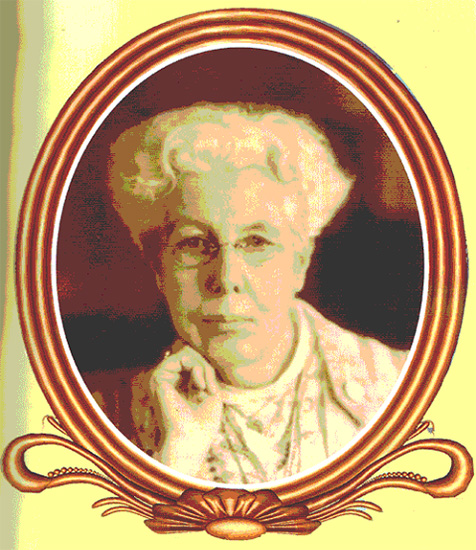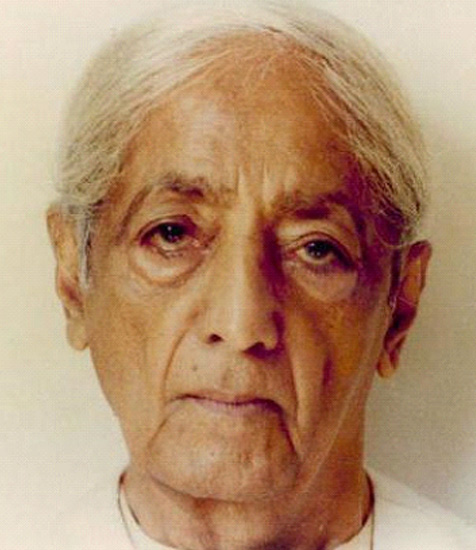History
Our Founders

Dr. Annie Besant

Sri Jiddu Krishnamurti
Vasanta College for Women was established on 07 July 1913, by Dr. Annie
Besant, leading figure of the Indian national movement including Pupul
Jayakar, Achyut Patvardhan, S.L. Dhar, and many more. The College
celebrated its centenary year in the session 2013-2014. Prof. Hari Gautam,
Ex-Chairperson, UGC was the Chief Guest on the occasion.
The College started as the Theosophical Collegiate School for Boys and
Theosophical Collegiate School for Girls in the Theosophical Society
campus, Varanasi. The names of both schools were changed in 1917 as
Theosophical National School for Boys and Girls, Banaras on the starting of
the Society for Promotion of National Education (SPNE). It was affiliated
to National University, Adyar, Chennai. The Girls School became a High
School in 1920 and intermediate college in 1922 and was known as
Theosophical National Girls School and Women’s College, Benares.
Since 1923, the schools and colleges sent pupils to the Allahabad
University and later from 1948 to Banaras Hindu University. When Rishi
Valley Trust was founded in 1928, these institutions were transferred to
it. The Girls College in 1940s came to be known as the Vasanta College for
Women as a mark of gratitude to Dr. Annie Besant, the founder of the
College. The present name of the college was given in 1940 or 1941. The
college was running B.A. Programmes and the first batch of eight girls
appeared in B.A. examination as regular students for the first time in
1948.
The College was shifted to the present campus of Rajghat on the banks of
river Ganga in the year 1954 but the building and the land was purchased in
1928. The college and its sister organizations geographical location at the
confluence of river Ganga and Varuna has a unique historical significance.
Rajghat happens to be the oldest inhabited place of Varanasi dating since
8th century B.C. The nearby historical sites are the ASI excavated site of
Rajghat, Lal Khan’s Tomb (Medieval Period), Adikeshav temple (one of the
site of 1857 revolt) and Ghat, Chandan Shaheed Mausoleum. The area of
Rajghat has an intellectual heritage of its own. Lord Buddha passed through
Rajghat crossing river Varuna to reach Sarnath and deliver his first sermon.
Secondly, this place was blessed by the philosophical dialogue of Sri J.
Krishnamurti, the Socrates of modern times.
The building of the College and its sister organizations have architectural
features of the British period. The office, study centre and the Sangam
House (Principal’s residence) were occupied by the British engineers, who
constructed the railway bridge (Dufferin Bridge) over Ganga in the year
1897. These buildings along with the land were acquired in 1928.





